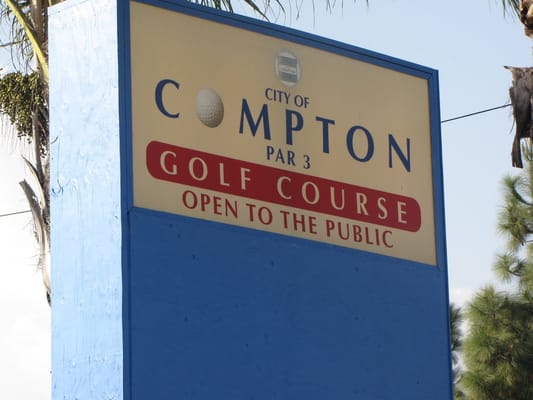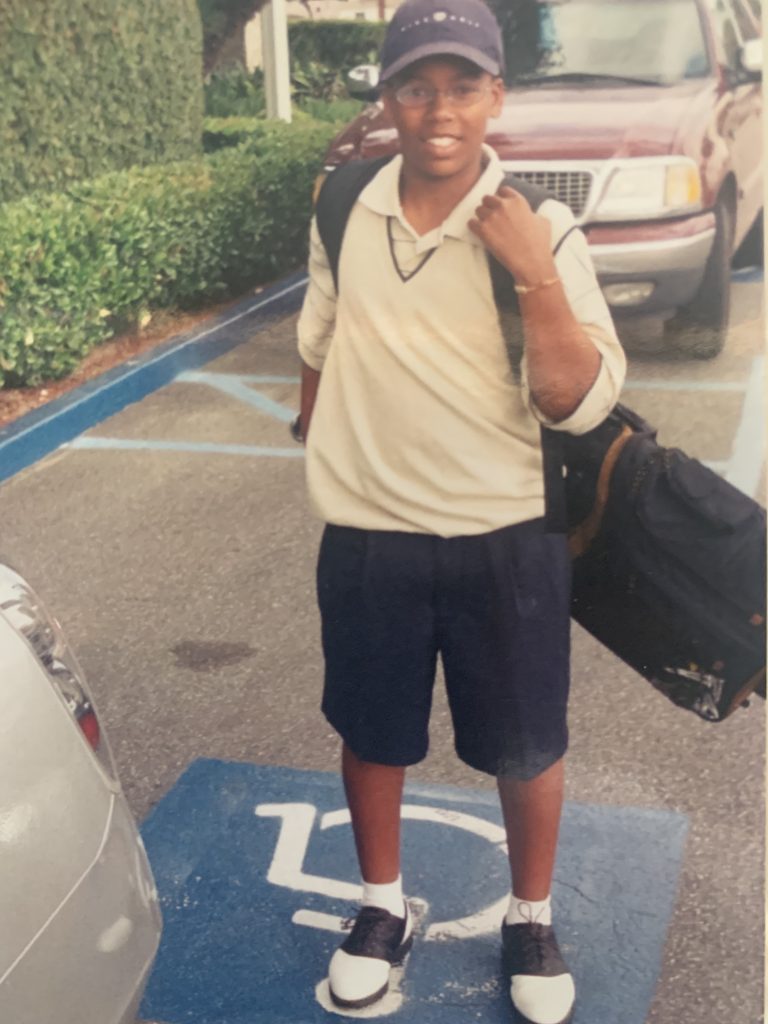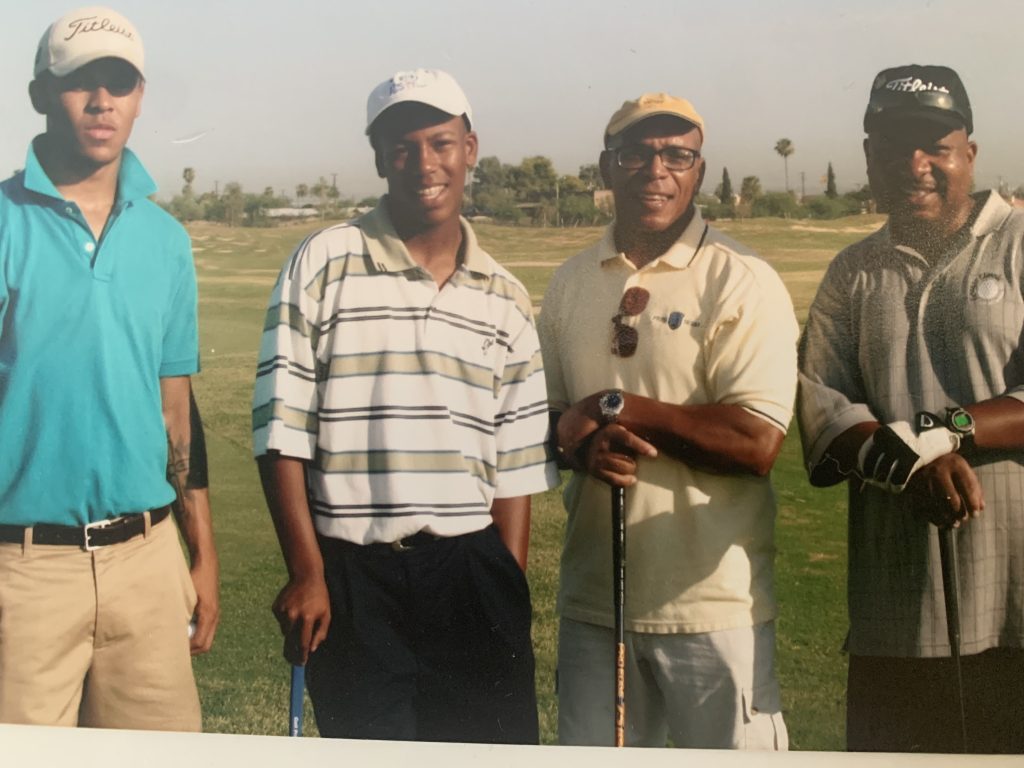The Compton Country Club Initiative:


Chris Staples:
Uniting Communities Through Golf
As a gift for his seventh birthday, Chris Staples received his first set of U.S. Kids Golf clubs and a lesson from a business partner of his dad's. Refusing to accept golf as an exciting sport like football or basketball, he barely made it 10 minutes into his first lesson. Four years later, after moving across the street from the Recreation Park 9 Golf Course in Long Beach, California, Staples was reintroduced to the game and “the rest was history.”
Known to some as “The People’s Coach” or “The Swing Liaison,” Chris Staples' long journey within the game of golf has led him to the coaching and philanthropic side of the sport, offering him the chance to fulfill a lifelong dream -- building his own course.
Today, the 33-year-old golf coach, entrepreneur and philanthropist is on a mission to give today’s youth and underserved demographics the exposure to golf that he was granted growing up just a lob wedge away from a public course. Launched in January of 2024, Staples is the founder of the Compton Country Club Initiative– a project aiming to revive the abandoned Compton Par 3 Golf Course and give the communities surrounding Compton the gift of golf. For Staples, the goal of the Initiative isn’t just to build just a golf course, but rather a community center that the youth and local area can grow alongside of. Staples, who is also the president of the Sac Area Black Golf Club (SABGC), is on a mission to bring the beauty of the game to those who may not easily find opportunities to learn golf.
“I want to give everybody that same experience. The game of golf needs to grow and it can’t be bottled in by the traditions and politics anymore. The game is too beautiful, too breathtaking, it gives opportunities to learn about yourself that you won’t find anywhere else.”
- Chris Staples




THE COVID BOOM
For Chris Staples and the others looking to utilize golf to positively impact surrounding communities, the timing may be just right. When COVID-19 hit in 2020, after a brief shutdown period the golf industry experienced a historical boom as people longed for entertaining and safe outdoor activities. With its inherent ability to provide a safe and spacious environment for people to play while socially distancing, golf became an increasingly popular choice for those looking to spend their abundance of leisure time.

Since COVID, the golf industry has seen record breaking growth that is beginning to rival the "Tiger Effect" surge ignited by Tiger Woods bursting onto the scene with his first Masters win in 1997. As Tiger continued to dominate over the next ten years, the golfing population in the U.S. shot up to 29.8 million in 2007, a 22% increase. However, by 2012 the number had plummeted below 23 million and had remained relatively stagnant until recently.
As golf struggled to find consistent growth from 2000-2019, something was needed to spark the industry again. The isolation and boredom caused by COVID evidently turned out to be that spark, as during 2020, the number of golfers in the US saw the largest year-to-year net increase in 17 years. 6.2 million new beginner players joined the sport, breaking the records set 2 decades prior. Among the millions, youth golfers accumulated the greatest number of active players since '97 and the number of female golfers playing also reached its highest mark over the previous five years, rising eight percent throughout 2020.
From 2000-2019:
In 2020:






As courses began slowly reopening a couple of months into the pandemic, the demand for tee times shot up and the stunted growth of years past within the golf industry was erased.




To follow up the Covid explosion, in 2021 the golf industry proceeded to set more records as the golf bug continued to sweep the nation. In addition to more players, golf courses around the US totaled over 525 million rounds played throughout the year, a new all-time high and more than a six percent increase from 2020.
Interestingly enough, private courses saw marginal gains compared to the previous year, while public golf courses totaled a seven percent gain. This is a telling sign that golf is not only being played more people, but also being picked up by new demographics of golfers looking to play locally. In 2021, while the number of white, Asian and Hispanic golfers remained relatively level, African-American golfers made the biggest jump, with over 4 million black golfers taking to the course and doubling the number over the previous decade.
Fast-forward to 2023 and the industry only continues to grow. As the sport becomes increasingly popular and public accessibility to the courses continues to expand, the momentum golf bug is building will continue into the future.
In 2023:
via National golf foundation










"Things definitely shut down for a bit at the beginning of the COVID lockdowns, but once we got cleared to open up, it took a couple days to get busy and since then it really hasn't slowed down. It's crowded, but it's fun to see so many people out here, especially when you see families coming out and people trying it for the first time, it's definitely a fun time to be in golf."
- John Meyer, Golf Instructor, DeBell Golf Club